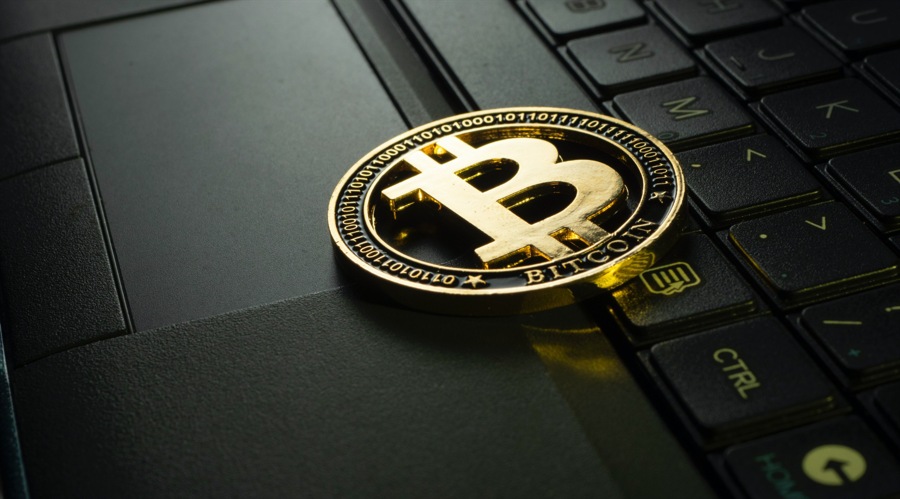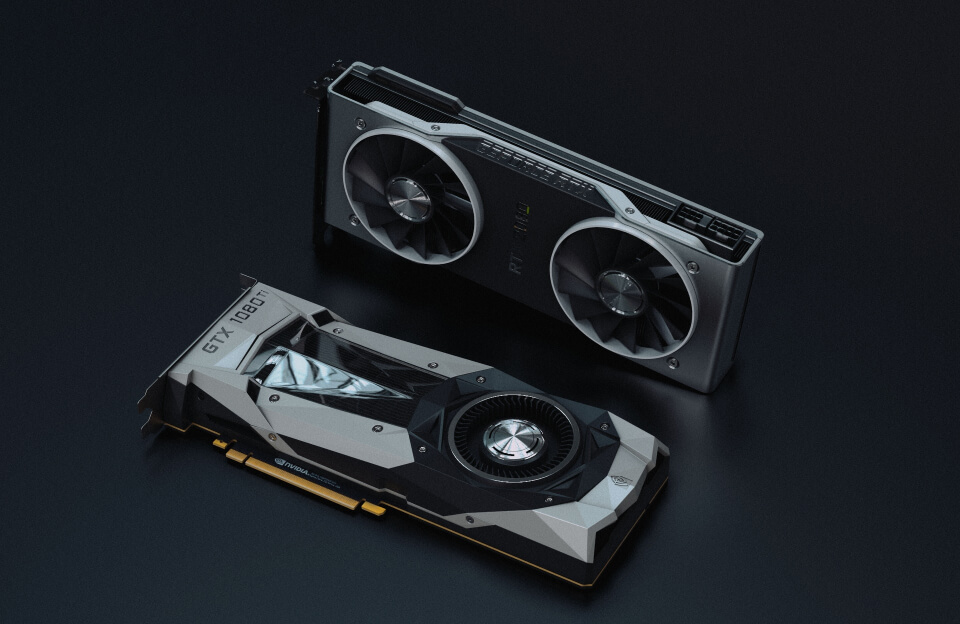Discover the key differences between Binance and Blockchain, two critical components in the crypto ecosystem. This guide explains how each functions, their roles, and what traders in Cambodia need to know to navigate the crypto world effectively.
Binance vs Blockchain: What’s the Difference?
In the cryptocurrency world, two terms that often come up are Binance and Blockchain. While both are essential in the crypto ecosystem, they serve very different purposes. Understanding the key differences between Binance and Blockchain will help you make more informed decisions as you navigate the world of digital currencies, especially in Cambodia’s growing crypto market.
What is Binance?
Binance is a centralized cryptocurrency exchange that allows users to buy, sell, and trade various cryptocurrencies. Founded in 2017, Binance has quickly become one of the largest and most well-known exchanges globally, offering an extensive range of cryptocurrencies, trading pairs, and advanced features for traders.
Binance operates as a centralized platform, meaning it acts as an intermediary between buyers and sellers. Users deposit funds into their Binance accounts, and Binance executes the trades on their behalf. Binance is trusted by millions of users for its user-friendly interface, fast transactions, and competitive fees.
Key Features of Binance:
- Wide Range of Cryptocurrencies: Binance supports a variety of digital currencies like Bitcoin, Ethereum, Litecoin, and even smaller altcoins.
- Advanced Trading Features: It offers futures trading, margin trading, and staking for more advanced users.
- Low Fees: Binance is known for its low trading fees compared to many other exchanges.
- High Liquidity: As one of the largest exchanges globally, Binance offers high liquidity, meaning you can easily buy or sell your assets at competitive prices.
What is Blockchain?
On the other hand, Blockchain is the underlying technology that powers cryptocurrencies like Bitcoin, Ethereum, and many others. Blockchain is a decentralized, distributed ledger that records transactions across many computers in a secure, transparent, and immutable way.
Instead of relying on a central authority like a bank, Blockchain technology allows cryptocurrencies to be transferred and verified directly between users, without the need for intermediaries. Each “block” in the blockchain contains transaction data, and when the block is filled, it is “chained” to the next block, creating a secure and permanent record of all transactions.
Key Features of Blockchain:
- Decentralization: Blockchain is not controlled by any central authority, meaning no single entity can alter transaction records.
- Security: Blockchain’s encryption methods make it highly secure, ensuring the integrity of transactions.
- Transparency: All transactions recorded on the blockchain are visible to anyone with access to the network, promoting transparency and trust.
- Immutability: Once a transaction is added to the blockchain, it cannot be changed, ensuring data integrity.
Binance vs Blockchain: Key Differences
Here’s a breakdown of the main differences between Binance and Blockchain:
| Feature | Binance | Blockchain |
|---|---|---|
| Type | Centralized Exchange | Decentralized Technology |
| Role | Platform for trading cryptocurrencies | The underlying technology powering cryptocurrencies |
| Control | Managed by a central authority (Binance) | Decentralized, no central control |
| Functionality | Buying, selling, and trading digital currencies | Records transactions and ensures security |
| Security | Secure exchange with multiple safeguards | High security via encryption and consensus mechanisms |
| Speed | Fast transactions on the platform | Transaction speed depends on the blockchain network (e.g., Bitcoin vs Ethereum) |
| Fees | Low trading fees and commissions | No fees for blockchain use, but miners charge transaction fees |
| Example | Binance (centralized exchange platform) | Bitcoin, Ethereum, Solana (cryptocurrency networks) |
How Binance and Blockchain Work Together
Although Binance and Blockchain are different, they are closely related. Binance allows users to trade cryptocurrencies, which are built on blockchain technology. For example, when you buy Bitcoin or Ethereum on Binance, you are essentially buying digital assets that exist on their respective blockchain networks.
In simple terms, Binance is a platform where you can buy and sell cryptocurrencies, while Blockchain is the technology that supports those cryptocurrencies by enabling secure and decentralized transactions.
Why Is This Important for Crypto Traders in Cambodia?
As the cryptocurrency market grows in Cambodia, understanding the relationship between Binance and Blockchain is crucial for both beginners and advanced traders. With more people getting involved in crypto trading, understanding where to buy cryptocurrencies, how they are stored, and how the technology works behind the scenes is essential.
In Cambodia, Binance provides a centralized and easy-to-use platform for people to get started with crypto, while blockchain technology ensures that the transactions are secure and transparent. Whether you’re an investor looking to trade, or you want to understand how your assets are transferred, knowing the difference between Binance and blockchain will help you navigate the space with confidence.
Frequently Asked Questions (FAQ)
1. What is Binance?
Binance is a centralized cryptocurrency exchange platform where users can buy, sell, and trade a variety of digital currencies. It’s known for its low fees, high liquidity, and advanced trading features.
2. How does Blockchain work?
Blockchain is a decentralized technology that securely records transactions on a public ledger. It ensures transparency, immutability, and security in the cryptocurrency world.
3. What’s the difference between Binance and Blockchain?
Binance is a centralized platform for trading cryptocurrencies, while Blockchain is the technology that underpins cryptocurrencies. Binance allows users to buy and sell tokens, while Blockchain records and verifies all transactions.
4. Can I use Binance in Cambodia?
Yes, Binance is accessible in Cambodia, and many people use it for trading digital assets. However, you should always ensure that you comply with local regulations when trading or investing in cryptocurrencies.
5. Is Blockchain safe to use for cryptocurrency transactions?
Yes, Blockchain is highly secure due to its decentralized nature and the use of cryptography to protect transaction data. However, the security of your cryptocurrency also depends on how you store it (e.g., using a secure wallet).
Conclusion
Both Binance and Blockchain play pivotal roles in the cryptocurrency ecosystem, with Binance acting as a gateway for users to access and trade digital assets, while Blockchain provides the underlying security and decentralization for those assets. Understanding their differences is key for anyone interested in crypto trading, especially in emerging markets like Cambodia.


